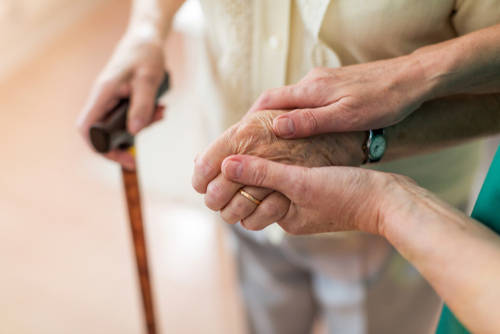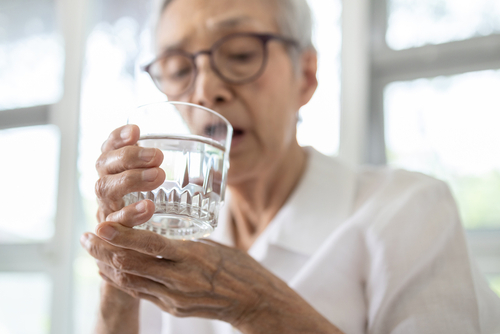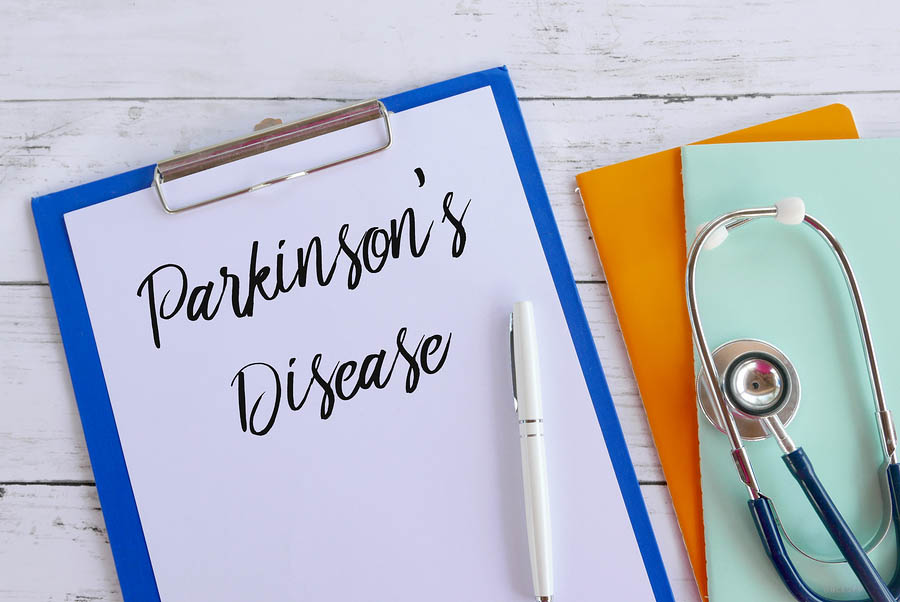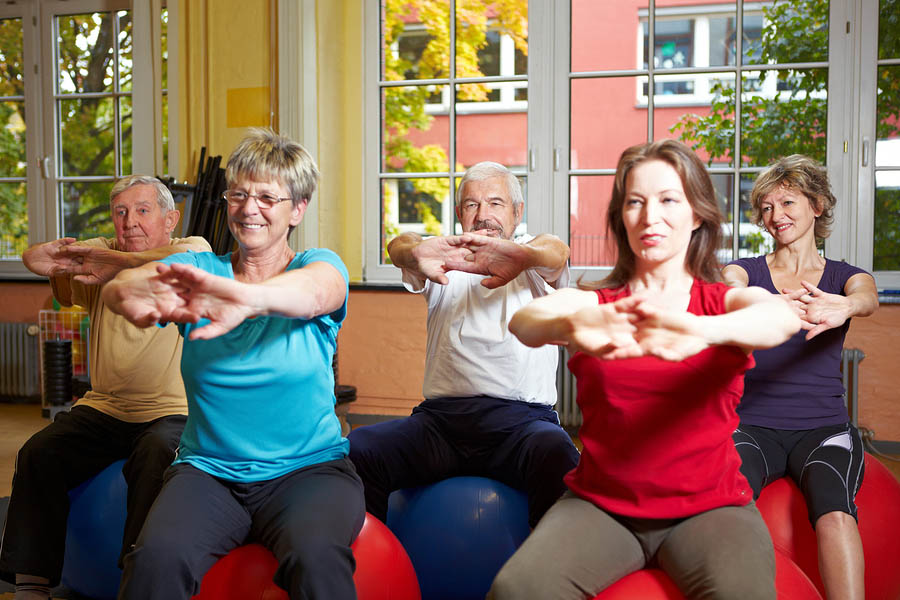How Does Parkinson’s Disease Affect Daily Life?
Category:

Parkinson’s sounds like a very scary disease. Many people may hear about it and wonder what it is like living with Parkinson’s disease. Luckily, since it is a gradual disease, it is possible to live a fairly normal life with Parkinson’s for many years after a diagnosis.
How Does Parkinson’s Disease Affect Daily Life?
The symptoms of Parkinson’s include motor-related symptoms like tremors, rigidity, difficulty walking, and trouble with balance. Non-motor-related symptoms include difficulty sleeping, an altered sense of smell, fatigue, cognitive issues, and depression. It seems like these symptoms would have a deep impact on daily life and make living alone with Parkinson’s difficult if not impossible. Since Parkinson’s is a gradual disease, this is not the case. There are many adaptations and modifications you can make to lessen Parkinson’s disease’s impact on your quality of life.
Activities of Daily Living with Parkinson’s Disease
You should be able to continue most of your regular daily living activities after your Parkinson’s diagnosis. Though there is no cure for Parkinson’s, there are things you can do to mitigate symptoms and stay functional for longer.
-
Exercise – Exercise will make a huge difference to stiff joints and muscles. Starting an exercise routine will help you build muscle, which will increase your stability and balance as Parkinson’s symptoms worsen. Exercise can also help reduce anxiety and stress.
-
Plan for periods of rest. Be aware that you will tire faster than you used to, and plan your day around it. Try to conserve energy doing daily tasks so you have more energy for activities you want to do, such as those with family and friends. Plan activities ahead of time and spread them out throughout your day. If your feet and ankles swell, be sure your rest includes elevating your feet.
-
Get enough sleep. Sleeping can become difficult with Parkinson’s. Try not to nap during the day so you are more tired in the evenings and have a better chance at getting a full night’s rest.
-
Make modifications to your home. As getting around becomes more difficult, remember you can add things like handrails and ramps to your home to help with mobility.
Download Our Home Safety Guide
Can a Person with Parkinson’s Drive?
Driving is a huge aspect of a person’s independence, and it is not something anyone – elderly or otherwise – wants to give up. You don’t need to stop driving immediately after a Parkinson’s diagnosis, but you may eventually need to be evaluated by the DMV to make sure your reaction times are still good enough to make you a safe driver.
How is the Family of a Person with Parkinson’s Affected?
A family is a unit, so it is important to remember that a Parkinson’s diagnosis affects everyone. Perhaps you and your spouse thought you would travel in retirement and now discover that will not be possible. Everyone will need to understand a life-changing diagnosis has been made and plans may need to be adjusted. Being honest with family members and keeping the lines of communication open will help make the transition easier.
Hopefully, this article has shown you that a day in the life of someone with Parkinson’s disease is not as scary or sad as you may have first assumed. Someone with Parkinson’s can live alone for as long as possible, and they can still have a high quality of life eventually with adjustments and modifications.
Subscribe
Date: February 24, 2022
Category:


